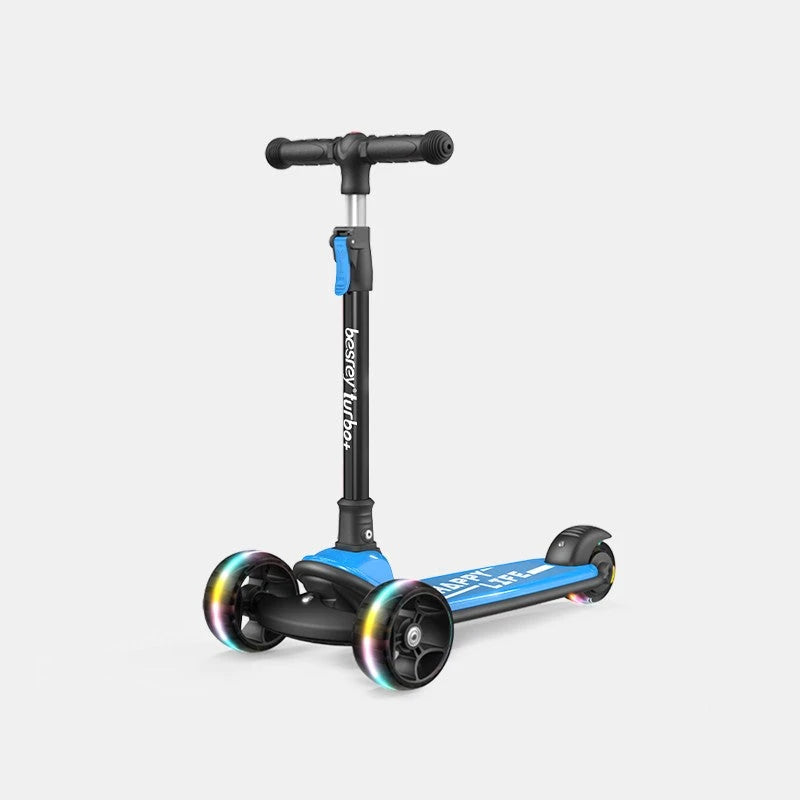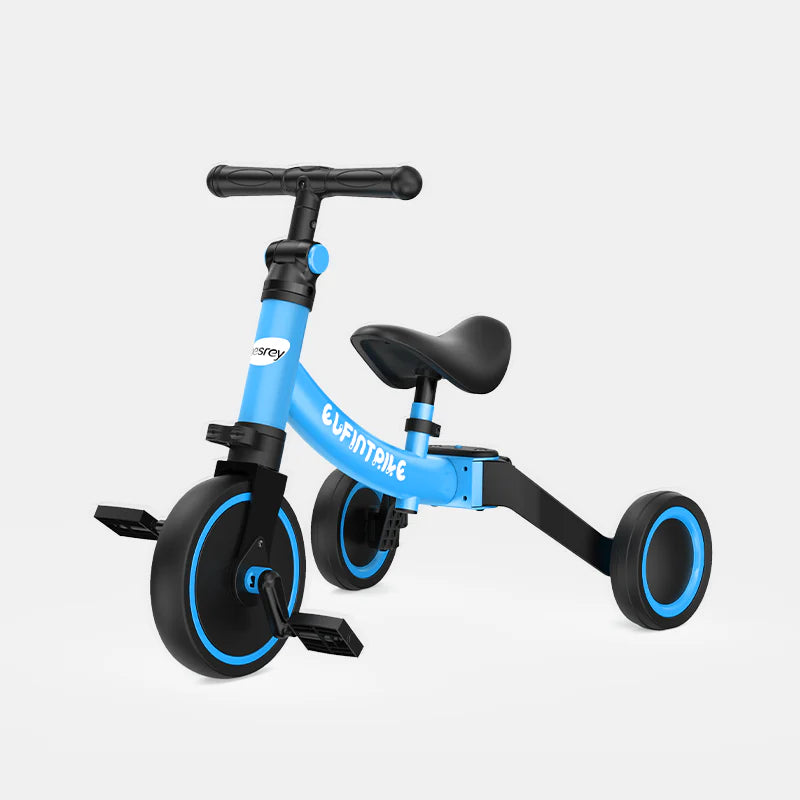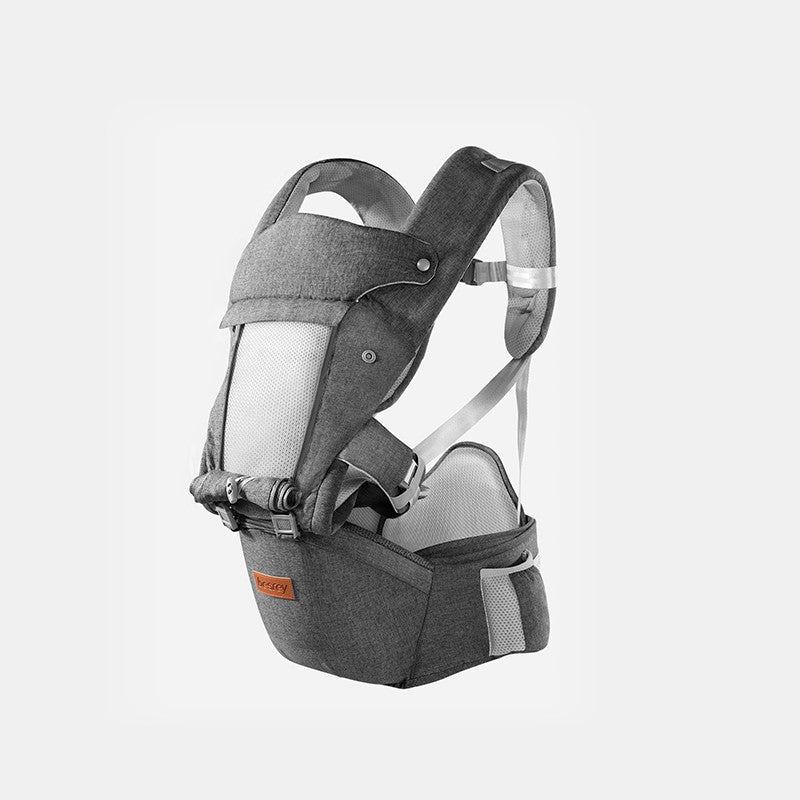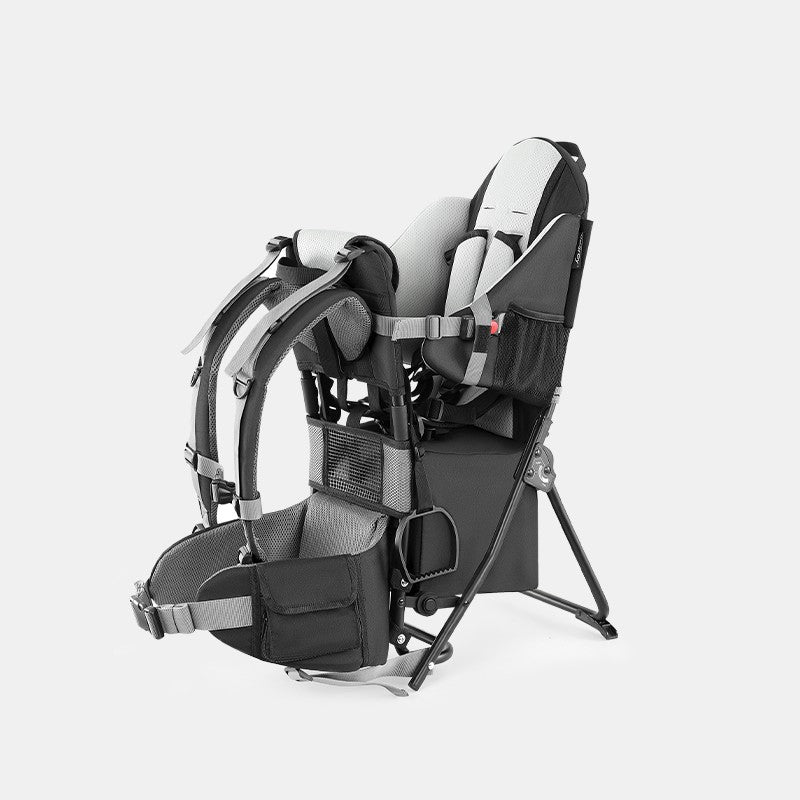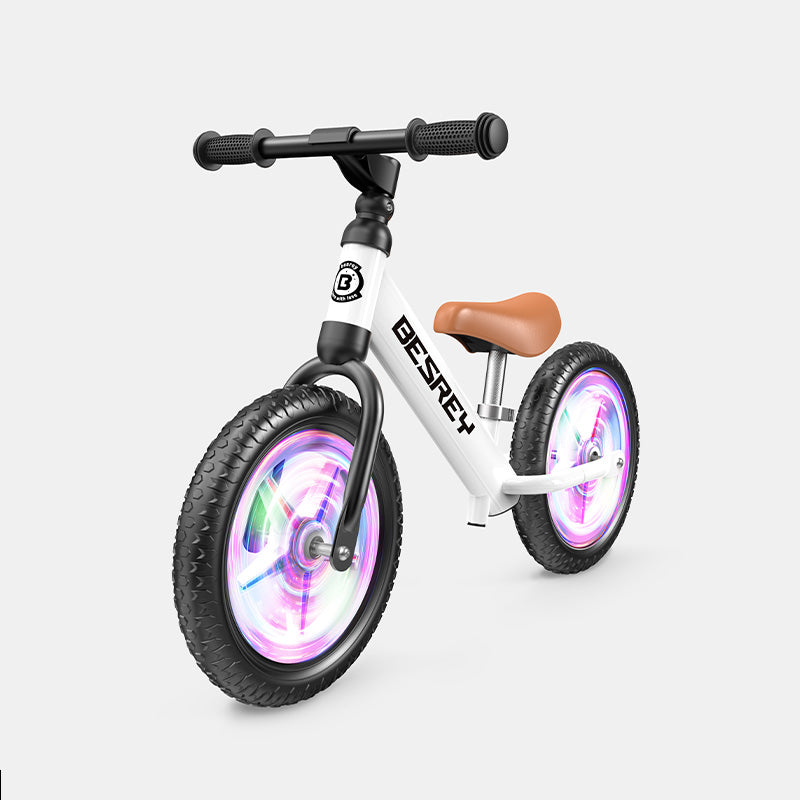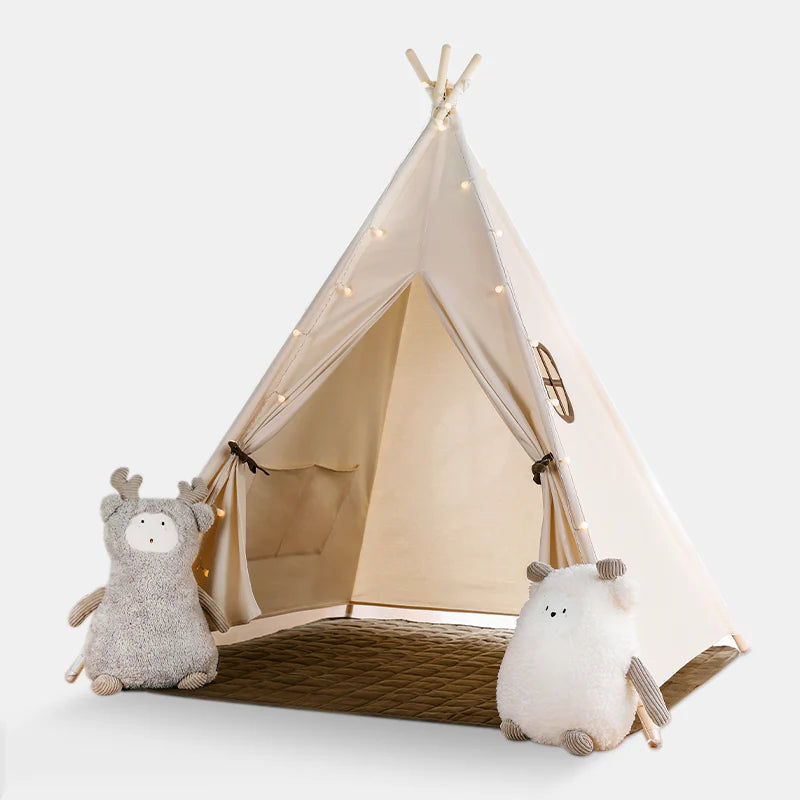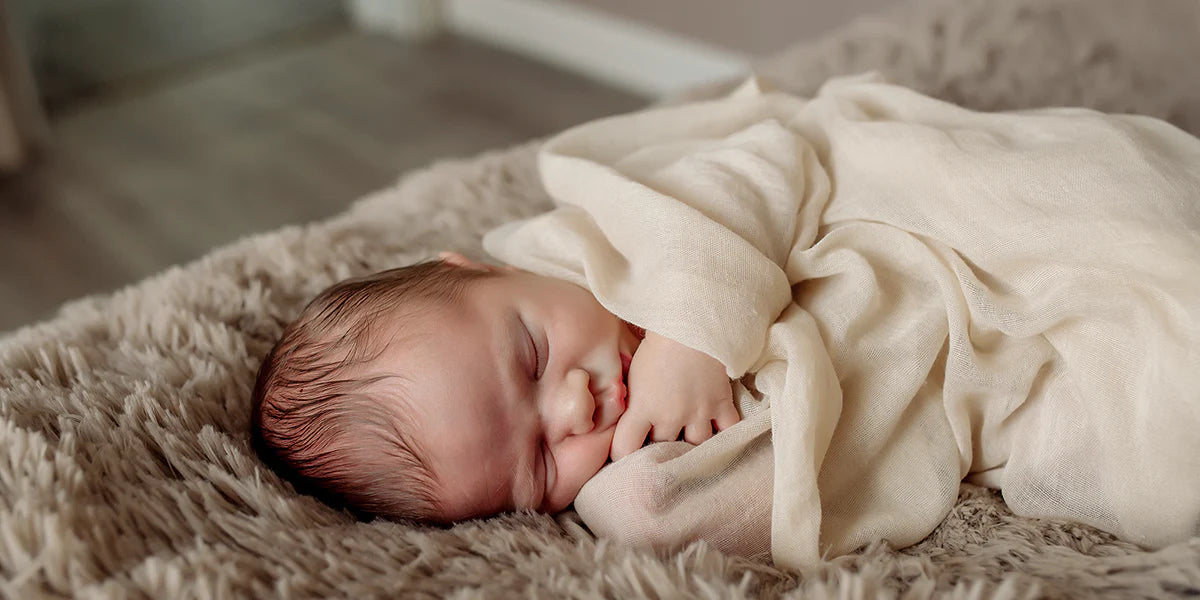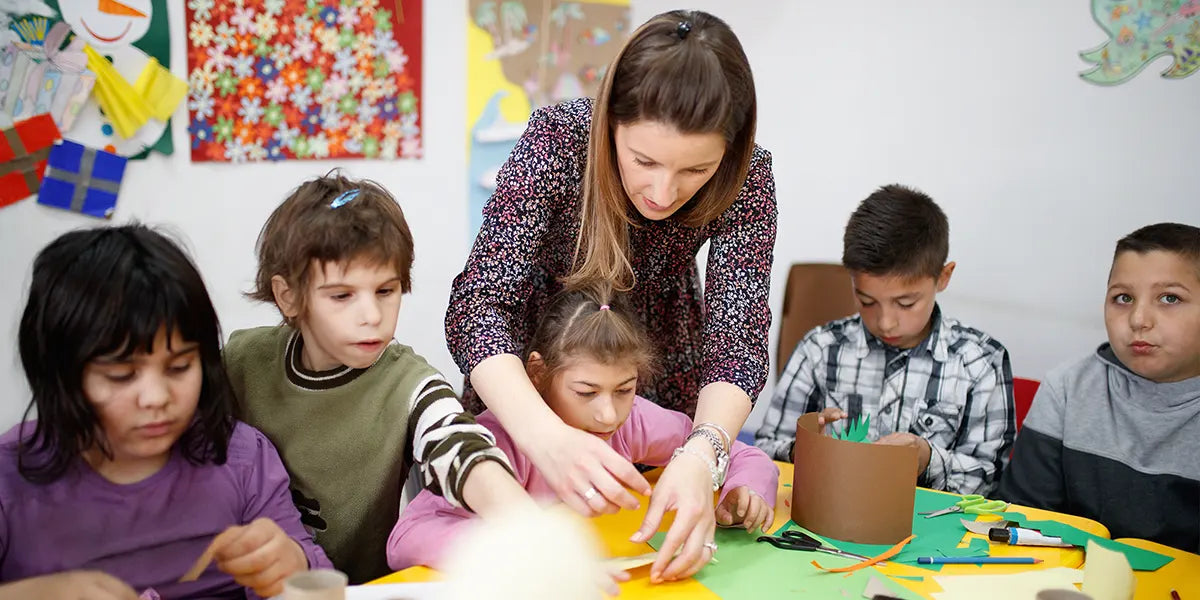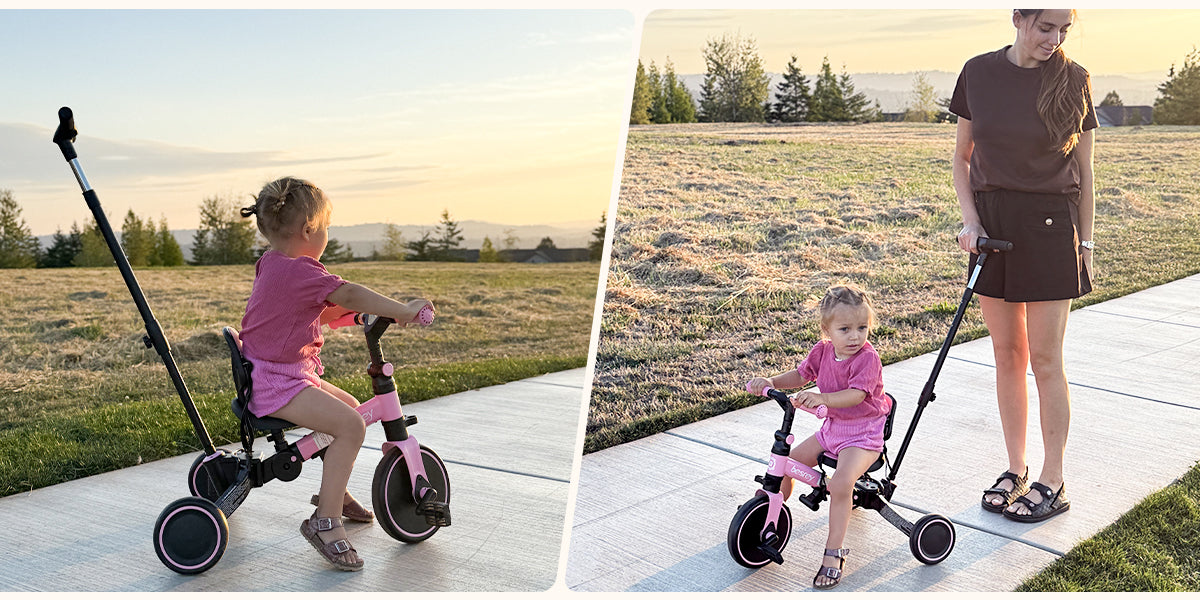Besrey - Oct 27 2025
Learn to Ride Guide: Balance Bikes

If you’ve ever watched your toddler zoom across the living room with a laundry basket pretending it’s a car, you already know what comes next. They want wheels. Real ones. That’s where a balance bike can make life easier for everyone. It gives toddlers a safe way to move faster while teaching the balance they’ll need later for a big-kid bike.
Why Start With a Balance Bike
The beauty of a balance bike is how simple it is. No pedals, no training wheels, just a seat and two tires that stay close to the ground. Kids use their feet to push along and, without even realizing it, start learning how to steer and stay steady. They don’t need a long explanation. They just get on and figure it out, which is exactly what toddlers love—freedom to try things on their own.
When They’re Ready for a Balance Bike
Some children climb on a balance bike before their second birthday. Others take a little longer to show interest. There isn’t a perfect age. What matters more is whether they can walk confidently and are curious about riding. If your child already tries to push toys with wheels or scoots around on ride-on toys, they’re ready to give it a go.
Start on flat ground, maybe a driveway or a sidewalk that isn’t busy. Keep the seat low so both feet can touch. The first rides will be more walking than gliding, but that’s part of the learning.
What Helps Learning the Balance Bike
Lightweight bikes are easier for toddlers to handle. The Besrey Balance Bike is a good option. It’s light enough for parents to carry but sturdy enough for outdoor play. The adjustable seat and handlebars grow with your child, and the tires roll smoothly whether you’re inside on a rainy day or outside on the pavement. Those details make a big difference when a toddler’s attention span lasts about as long as a snack.
How to Keep It Fun
The best rides happen when you let your child lead. There’s no need to hold the handlebars or push from behind. Walk beside them and cheer for small wins. Ask if they can lift their feet for a few seconds or glide from one tree to the next. Kids love a challenge, especially one they set for themselves.
Keep rides short and positive. End while they’re still having fun so they’ll want to get back on tomorrow. It’s a small thing, but that rhythm of trying, resting, and trying again builds both skill and confidence.
The Next Step
Once they can glide and steer easily, moving to a pedal bike comes naturally. Most children who start on balance bikes skip training wheels altogether. Their legs and balance are ready, and they already know how to correct a wobble.
The transition isn’t something you have to force. You’ll see the signs like a longer glide, fewer stops, a little spark of pride in how far they’ve gone. That’s when you know it’s time.

